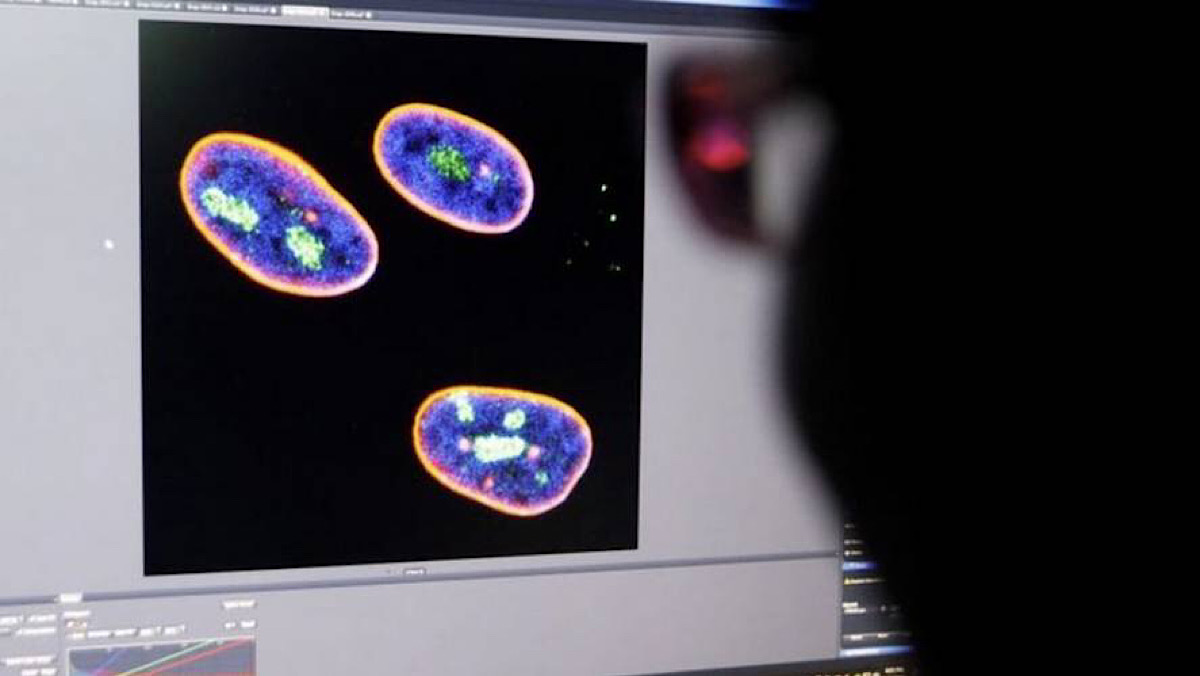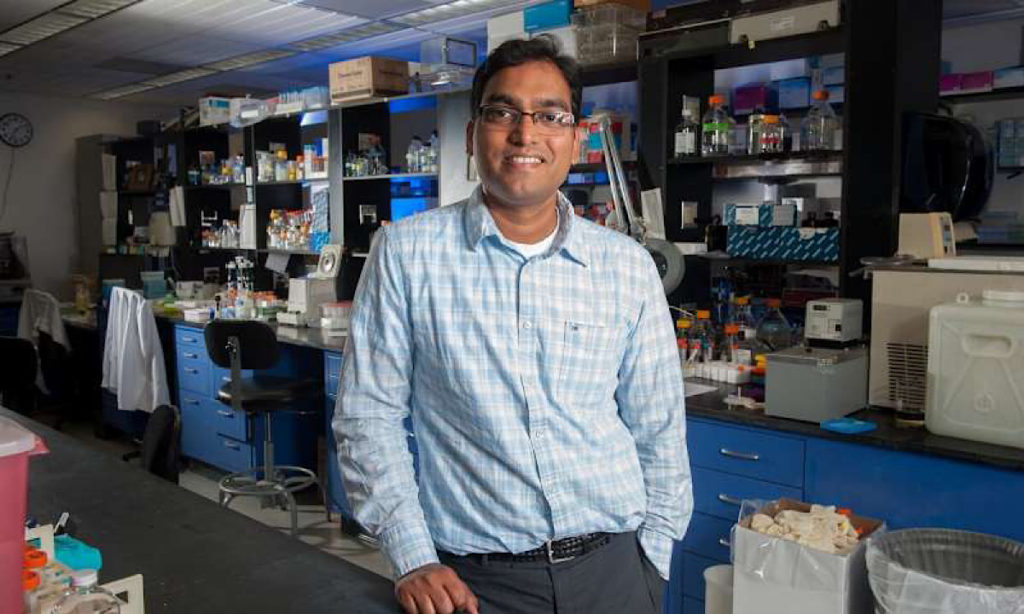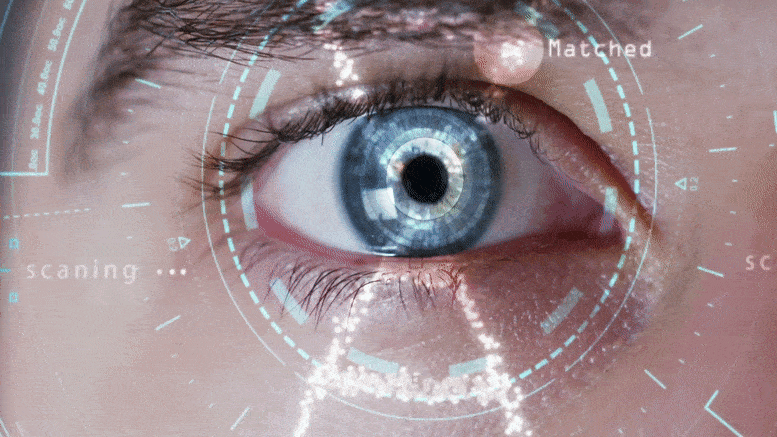Scanning electron microscope image of the cross-section of TGS suture. Credit: Zhenwei Ma, McGill University
Sutures are used to close wounds and speed up the natural healing process, but they can also complicate matters by causing damage to soft tissues with their stiff fibers. To remedy the problem, researchers from Montreal have developed innovative tough gel sheathed (TGS) sutures inspired by the human tendon.
These next-generation sutures contain a slippery, yet tough gel envelop, imitating the structure of soft connective tissues. In putting the TGS sutures to the test, the researchers found that the nearly frictionless gel surface mitigated the damage typically caused by traditional sutures.
Conventional sutures have been around for centuries and are used to hold wounds together until the healing process is complete. But they are far from ideal for tissue repair. The rough fibers can slice and damage already fragile tissues, leading to discomfort and post-surgery complications.
Part of the problem lies in the mismatch between our soft tissues and the rigid sutures that rub against contacting tissue, say the researchers from McGill University and the INRS Énergie Matériaux Télécommunications Research Centre.
Continue reading… “Next-generation sutures can deliver drugs, prevent infections and monitor wounds”












